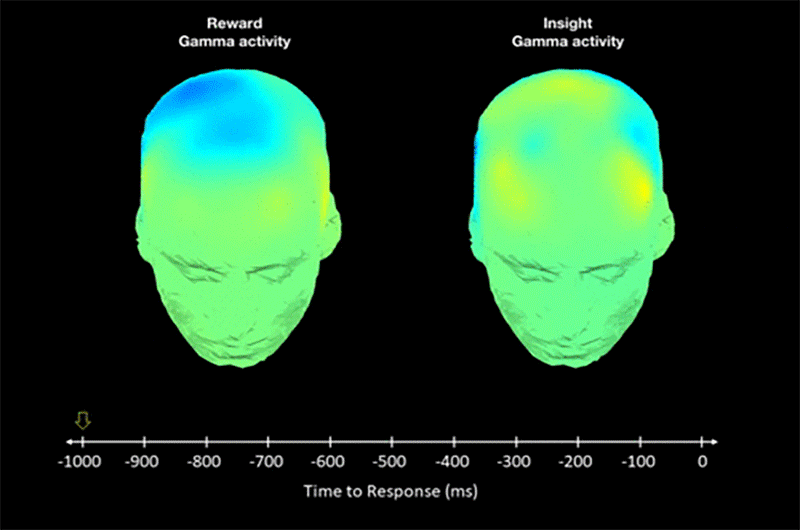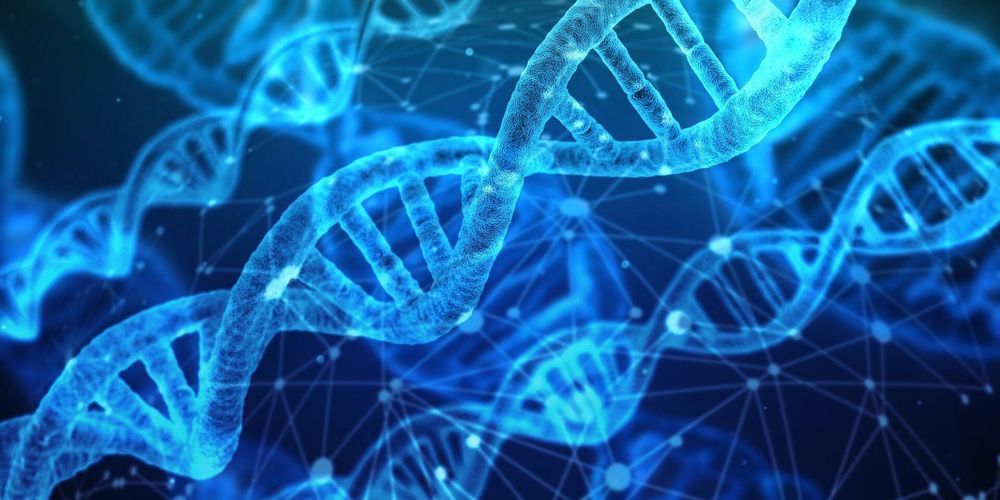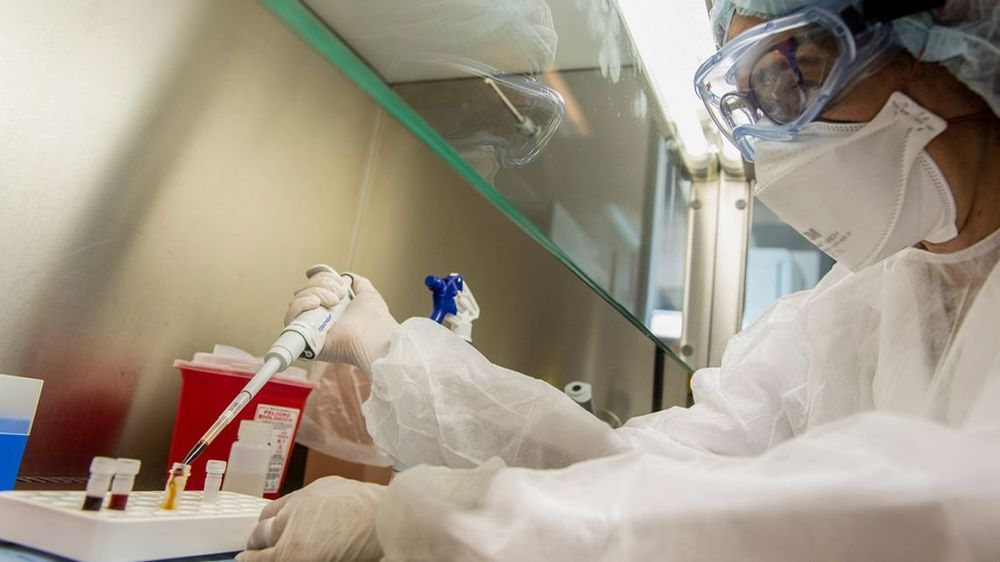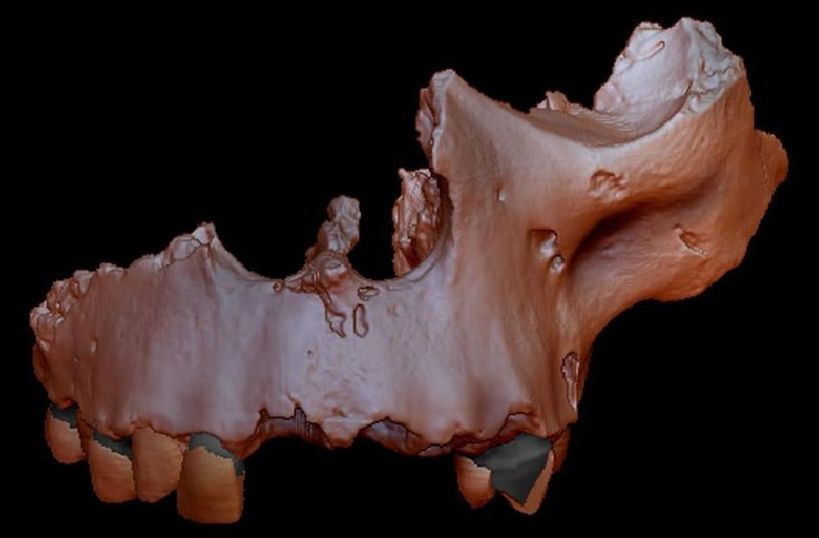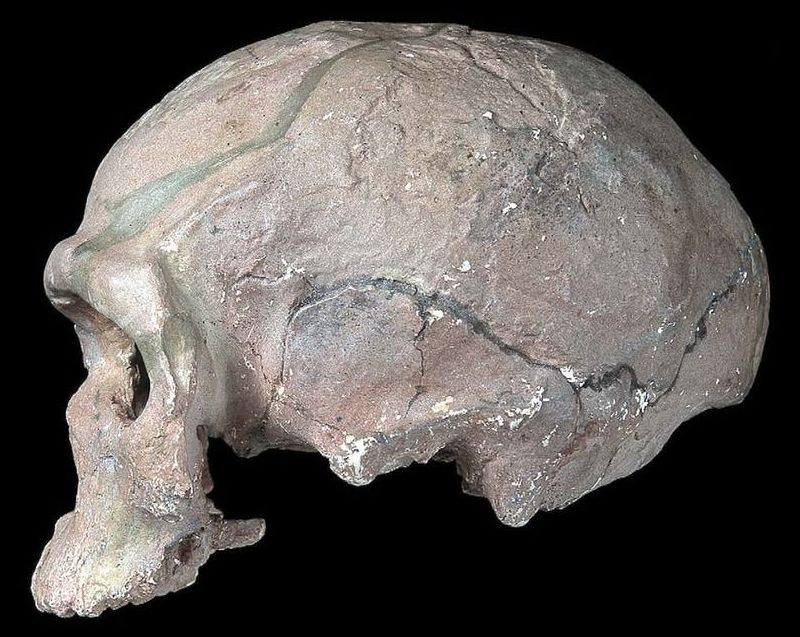Via Harvard David A. Sinclair “The coronavirus is part bat & part human virus. A new study says the Frankenstein event happened well before its transmission to humans. Wait, what? Humans first infected bats?
The intermediate Frankenstein coronavirus has part human/part bat versions of the spike protein (the knobs on the outside of the virus & what COVID-19 vaccines target). Coronafrankenstein is formally called RaTG13, the name, rank & serial # of a horseshoe bat sample. If we gave bats coronavirus first, then people, including scientists, should stay away from bats especially if they don’t feel well. That’s why, as much as I like cats, I don’t like how they can catch it from us. It’s a potentially vicious cycle.
The new study says a mutation has changed the spike protein of an Indian strain of coronavirus that likely reduces its ability to transmit, but “raises the alarm that the ongoing vaccine development may become futile in future epidemics” like seasonal flu.”
Monitoring the mutation dynamics of SARS-CoV-2 is critical for the development of effective approaches to contain the pathogen. By analyzing 106 SARS-CoV-2 and 39 SARS genome sequences, we provided direct genetic evidence that SARS-CoV-2 has a much lower mutation rate than SARS. Minimum Evolution phylogeny analysis revealed the putative original status of SARS-CoV-2 and the early-stage spread history. The discrepant phylogenies for the spike protein and its receptor binding domain proved a previously reported structural rearrangement prior to the emergence of SARS-CoV-2. Despite that we found the spike glycoprotein of SARS-CoV-2 is particularly more conserved, we identified a mutation that leads to weaker receptor binding capability, which concerns a SARS-CoV-2 sample collected on 27th January 2020 from India. This represents the first report of a significant SARS-CoV-2 mutant, and raises the alarm that the ongoing vaccine development may become futile in future epidemic if more mutations were identified.
